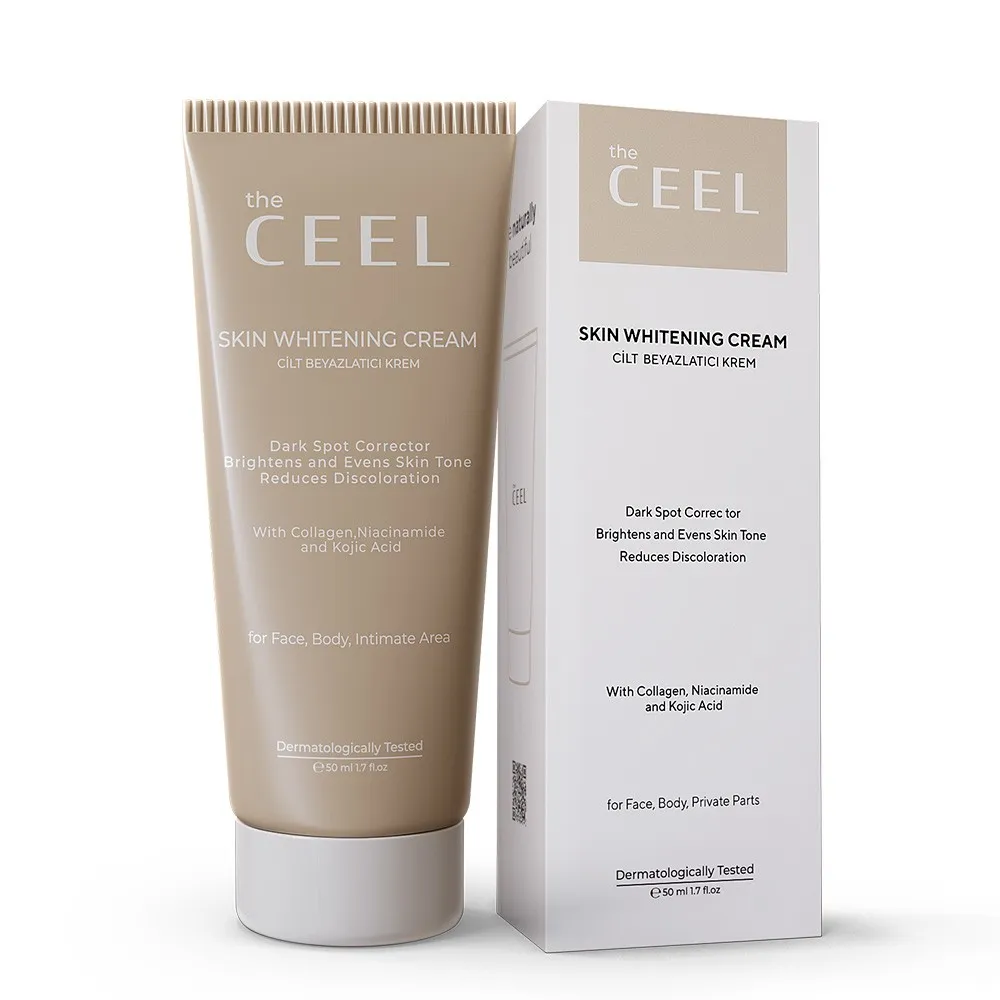What is Whitening Skin Cream and How Does It Work?
Whitening skin creams, also known as skin-lightening creams, are cosmetic products designed to reduce the appearance of dark spots, uneven skin tone, and hyperpigmentation. They work by interfering with the production of melanin, the pigment responsible for skin color. These creams often contain active ingredients that target melanin synthesis, leading to a brighter, more even complexion. In Australia, the market for these creams is substantial, with various formulations catering to different skin types and concerns. Understanding how these creams function is the first step in making an informed decision about their use, ensuring both effectiveness and safety. The demand for these products reflects a broader global trend in skincare, driven by a desire for improved skin clarity and radiance. The effectiveness can vary significantly based on the active ingredients and the user’s individual skin characteristics.
The Science Behind Skin Whitening
Skin whitening is rooted in the scientific understanding of melanin production. The process involves melanocytes, specialized cells within the skin, producing melanin in response to various stimuli, such as sun exposure or hormonal changes. This melanin is then transferred to keratinocytes, the primary cells in the epidermis, causing the skin to darken. Whitening creams aim to interrupt this process at different stages. Some ingredients inhibit tyrosinase, an enzyme essential for melanin synthesis, while others work by accelerating the shedding of melanin-rich skin cells. Research into skin whitening has also led to the development of more targeted and effective treatments. This scientific approach enables the creation of skincare products that cater to diverse skin concerns and achieve optimal results, taking into consideration individual differences and skin conditions. This area of skincare is constantly evolving, with new discoveries improving both the efficiency and safety of treatments.
Understanding Melanin Production
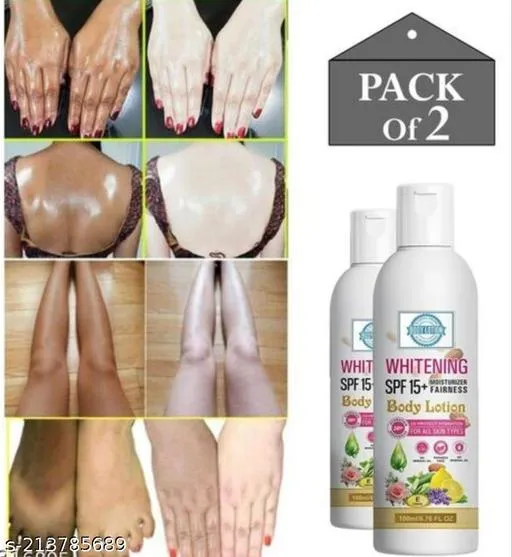
Melanin, the pigment responsible for skin, hair, and eye color, is produced by melanocytes. These cells synthesize melanin through a complex process called melanogenesis, which is heavily influenced by the enzyme tyrosinase. Factors such as genetics, sun exposure, and inflammation can trigger increased melanin production, leading to hyperpigmentation, or dark spots. Understanding the mechanics of melanin production is vital for effective skin whitening. Whitening creams target different steps in this process, whether inhibiting tyrosinase, reducing the transfer of melanin to keratinocytes, or speeding up cell turnover to eliminate melanin-rich cells. The scientific understanding of melanin allows for the creation of skincare products that can control and regulate pigment production. For consumers in Australia, understanding how this process works gives them a better understanding of the ingredients found in many popular skin creams.
The Role of Tyrosinase Inhibitors
Tyrosinase inhibitors are key ingredients in many whitening skin creams. Tyrosinase is the primary enzyme needed for melanin production. By inhibiting its activity, these ingredients prevent the synthesis of melanin, gradually reducing skin pigmentation. Many natural and synthetic substances act as tyrosinase inhibitors, with their effectiveness varying. Popular examples include Vitamin C, kojic acid, arbutin, and niacinamide. The potency and stability of these ingredients impact the overall effectiveness of the cream. For consumers in Australia, choosing products that contain well-researched and stable tyrosinase inhibitors is essential for achieving desired results. Understanding the function of these inhibitors ensures you can choose the correct products. These ingredients are the foundation of many whitening skin creams.
Secret 1 Identify Your Skin Type
Knowing your skin type is critical before using any whitening skin cream in Australia. Skin types can be categorized as oily, dry, combination, sensitive, or normal. Each type has different needs and responds differently to ingredients. For instance, individuals with sensitive skin should choose creams with gentle formulations to prevent irritation. Those with oily skin may benefit from lightweight, oil-free products. Identifying your skin type helps you select creams with the right balance of ingredients, maximizing effectiveness and minimizing side effects. A proper skin analysis, which can be performed by a dermatologist or a qualified skincare professional, can help you determine your skin type and any underlying conditions that might affect the use of these products. The right choice of cream is important for both safety and desired results. This step is crucial for the safe use of the product.
Why Skin Type Matters for Whitening Creams

The effectiveness and tolerability of a whitening skin cream are highly influenced by skin type. For example, creams that suit oily skin might be too drying for dry skin types. Sensitive skin often reacts poorly to harsh ingredients. Choosing the correct formulation minimizes adverse reactions, such as dryness, irritation, or breakouts. Careful attention to skin type ensures the cream is effective and gentle. Individuals with oily skin might prefer creams with lighter textures that won’t clog pores, while those with dry skin should choose creams that provide extra hydration. The ingredients must be safe for your particular skin type. If you’re unsure, seek professional advice to determine your skin type and product recommendations, which can ensure optimal outcomes and minimize risks.
The Importance of a Patch Test
Before applying a whitening skin cream to your entire face, always conduct a patch test. This helps assess how your skin reacts to the cream, reducing the risk of adverse reactions. Apply a small amount of the product to a discreet area, such as the inside of your forearm, and observe for 24-48 hours. If any redness, itching, swelling, or irritation occurs, discontinue use. A patch test is particularly vital for individuals with sensitive skin or those trying a new product for the first time. Performing this test ensures you can identify any potential sensitivities. This simple step can prevent discomfort and provide peace of mind. A small investment in time will protect the health of your skin. If any adverse effects are observed, cease using the product immediately.
Secret 2 Choose the Right Ingredients
The effectiveness of a whitening skin cream largely depends on its ingredients. Look for products containing well-researched, proven ingredients. Some effective ingredients include Vitamin C, kojic acid, arbutin, niacinamide, and azelaic acid. These compounds work in different ways to inhibit melanin production or promote cell turnover. Avoid creams with harmful ingredients, such as high concentrations of hydroquinone (unless prescribed by a doctor) or mercury. In Australia, regulatory standards help ensure product safety, but careful ingredient selection is essential. Always read product labels and consider the concentration of active ingredients, as well as any potential allergens. Selecting the right ingredients will improve the effectiveness and safety of your whitening cream.
Effective Whitening Agents Explained
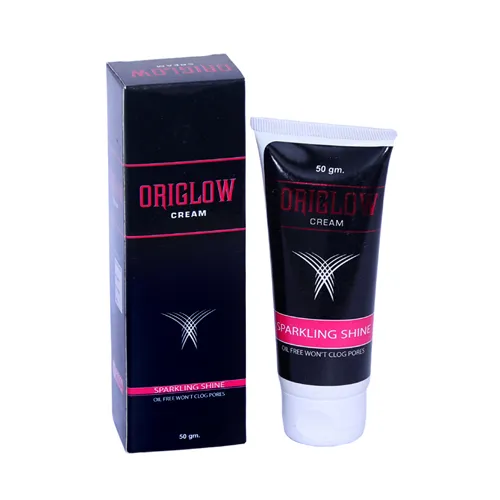
Various ingredients are effective in skin whitening. These ingredients function through different mechanisms to reduce melanin production or accelerate cell turnover. Vitamin C is a potent antioxidant that inhibits melanin synthesis. Kojic acid blocks the production of tyrosinase, an enzyme crucial for melanin. Arbutin, derived from plants, also acts as a tyrosinase inhibitor. Niacinamide, a form of vitamin B3, can reduce inflammation and improve skin tone. Azelaic acid is effective in treating acne and reducing pigmentation. For consumers in Australia, understanding the benefits of each agent is essential for making informed choices about whitening skin creams. Choosing products with these ingredients, and in the appropriate concentrations, can lead to noticeable improvements in skin clarity.
The Power of Vitamin C
Vitamin C, a powerful antioxidant, plays a vital role in skin whitening. It helps to inhibit tyrosinase, reducing melanin production. Vitamin C also protects the skin from damage caused by free radicals, which can worsen pigmentation. Regular use of Vitamin C can improve skin tone, reduce dark spots, and enhance overall radiance. In Australia, Vitamin C serums and creams are readily available, making them an accessible option for those seeking brighter skin. The form of Vitamin C is important as well, with L-ascorbic acid being one of the most effective, but potentially unstable. Look for products that stabilize Vitamin C. Vitamin C is a versatile ingredient that works well in many whitening cream formulations.
The Benefits of Kojic Acid
Kojic acid is a popular ingredient in whitening skin creams because of its ability to inhibit tyrosinase, effectively reducing melanin production. It’s derived from various fungi and is known for its antioxidant and anti-inflammatory properties. Regular use can help fade dark spots, treat acne, and improve skin tone. Kojic acid is generally safe when used in low concentrations, but some individuals may experience mild irritation. Therefore, a patch test is recommended before widespread use. Consumers in Australia should be aware that the concentration of kojic acid can vary in different products, and it’s crucial to follow product instructions and avoid excessive use. This ingredient can be very beneficial for lightening skin pigmentation.
Secret 3 Consistency is Key
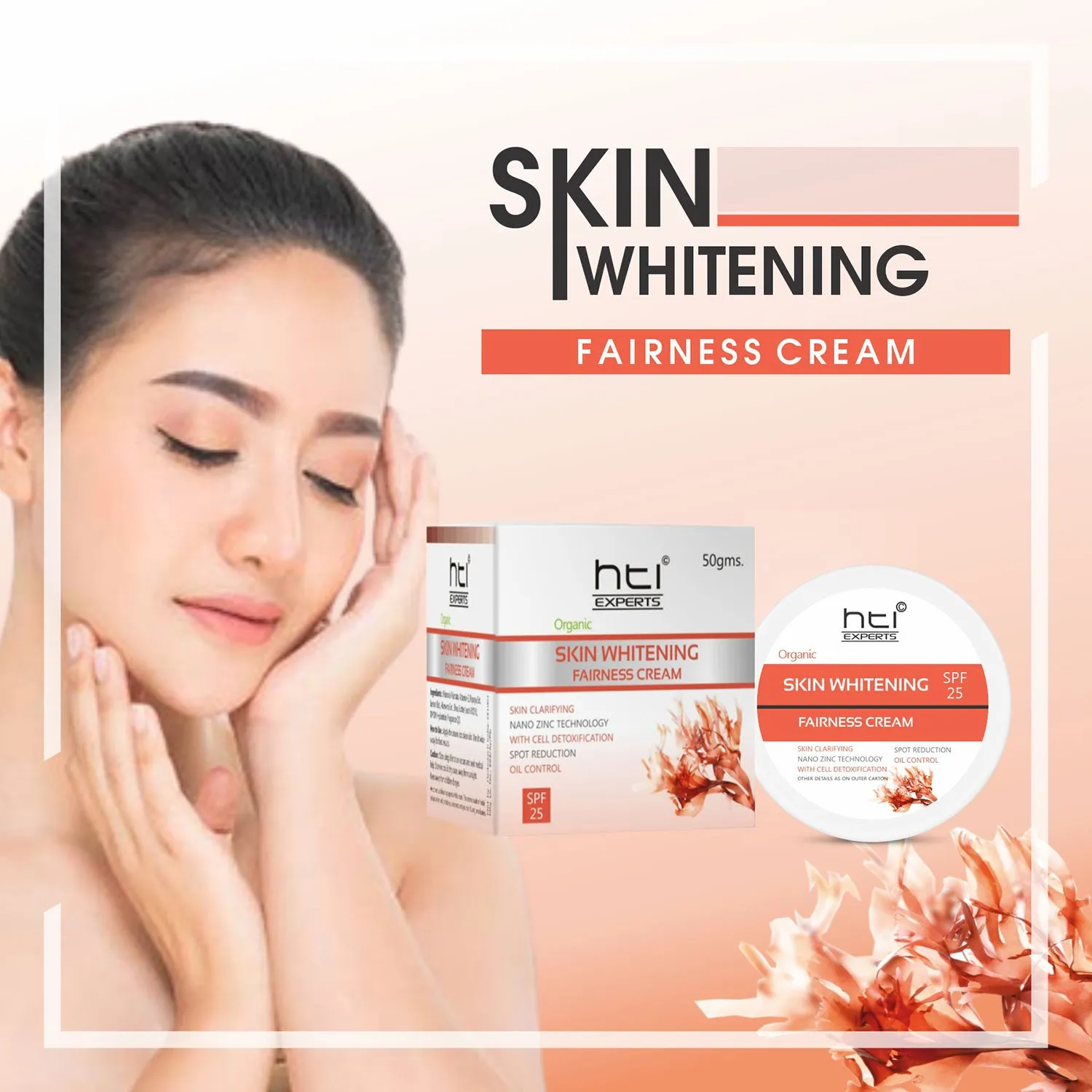
Consistency is critical when using whitening skin creams. Results aren’t instant and require regular application over time. Follow the product instructions carefully. Skipping applications can hinder progress, while overusing the cream might cause irritation. Establishing a daily skincare routine that incorporates the cream is vital for achieving the desired effects. This means using the product at the same time each day, usually in the morning and/or evening, as directed. Patience is essential. It may take several weeks or even months to notice visible changes. Sticking to a consistent routine helps the active ingredients work effectively, providing you with improved results. Consistent use is the only way to achieve the results you are looking for.
Establishing a Daily Skincare Routine
A well-structured daily skincare routine will maximize the effectiveness of your whitening skin cream. Begin with a gentle cleanser to remove impurities. Apply the cream as directed, followed by a moisturizer, especially if your skin is prone to dryness. Always finish with sunscreen during the day. A consistent routine helps the cream penetrate your skin better and ensures you provide your skin with the care it needs. Incorporate the cream into your existing routine seamlessly. Try to make it a habit, like brushing your teeth. A consistent routine will improve the health of your skin. Stick with this routine for the best results, and consider using a reminder system to stay on track.
When Will You See Results?
The timeframe for seeing results from a whitening skin cream can vary depending on the cream’s ingredients, the individual’s skin type, and the severity of pigmentation. Generally, it takes several weeks to months to notice visible changes. You may start seeing a reduction in dark spots or an evening of skin tone after a month or two of consistent use. However, more significant improvements often take longer. Stay patient and continue with your routine. Factors that could influence the time it takes to see results include sun exposure and any underlying skin conditions. If you don’t see progress after a few months, consult a dermatologist. Results will vary from person to person, and it’s essential to have realistic expectations.
Secret 4 Sun Protection is Non-Negotiable
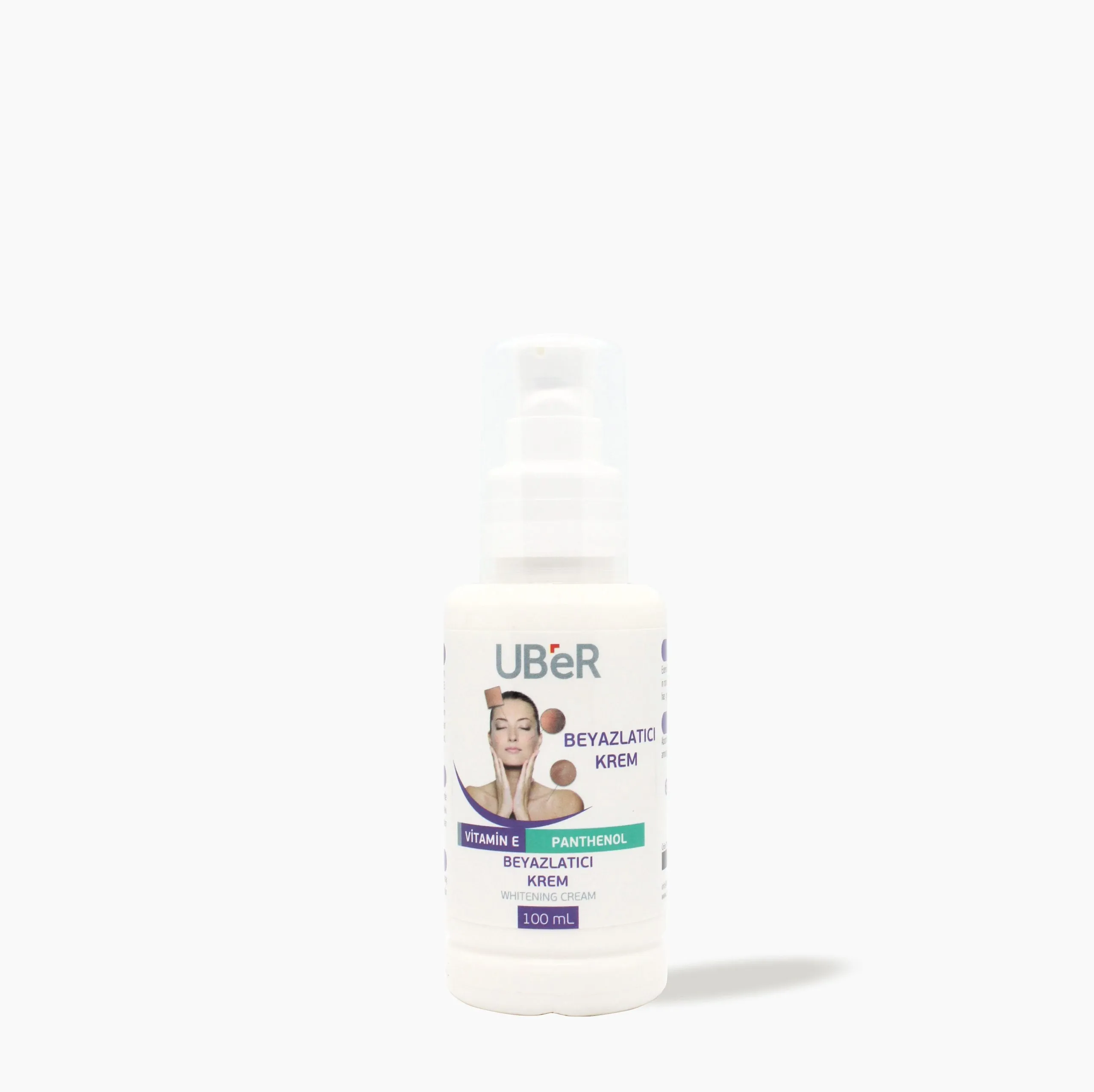
Sun protection is crucial when using whitening skin creams in Australia, where UV radiation levels are high. Sun exposure can negate the effects of the cream, potentially worsening hyperpigmentation. Always apply a broad-spectrum sunscreen with an SPF of 30 or higher every day, even on cloudy days. Reapply sunscreen every two hours, especially if you’re outdoors. Sun protection safeguards your skin. Consistent sunscreen use minimizes the risk of new dark spots forming, allowing the whitening cream to work effectively. Avoid excessive sun exposure and wear protective clothing, such as hats and long sleeves. Sunscreen is essential for protecting your skin from harmful UV rays, which can worsen pigmentation issues and slow down the whitening process. Make sun protection a non-negotiable part of your skincare routine.
The Impact of UV Rays on Skin Whitening
UV rays are a major factor in skin pigmentation. They stimulate melanocytes to produce more melanin, leading to darkening of the skin. When using whitening skin creams, it is even more important to protect the skin from UV radiation, as the skin may be more vulnerable. Sun exposure can also counteract the effects of the cream, reversing the whitening process and potentially causing new dark spots to appear. This is why sun protection is so essential. Continued sun exposure can also cause premature aging and increase the risk of skin cancer. Avoiding direct sun exposure and using sunscreen, especially in Australia’s strong sunlight, is crucial for achieving and maintaining the desired skin-whitening results.
Choosing the Right SPF for Australian Conditions
In Australia, where the UV index is typically very high, choosing the right SPF is crucial. Look for a broad-spectrum sunscreen with an SPF of 30 or higher. Broad-spectrum protection ensures it shields your skin from both UVA and UVB rays. Apply sunscreen liberally to all exposed areas of the skin 20 minutes before sun exposure and reapply every two hours, or more often if swimming or sweating. The sunscreen you select should be water-resistant and suitable for your skin type. Consider the environmental conditions. For instance, a higher SPF might be necessary on very sunny days or when engaging in outdoor activities. Choosing the right sunscreen will protect your skin from harmful UV rays. Always check the product labels. Making smart choices in terms of sun protection will enhance the effectiveness of your skin-whitening efforts.
Secret 5 Consult a Dermatologist
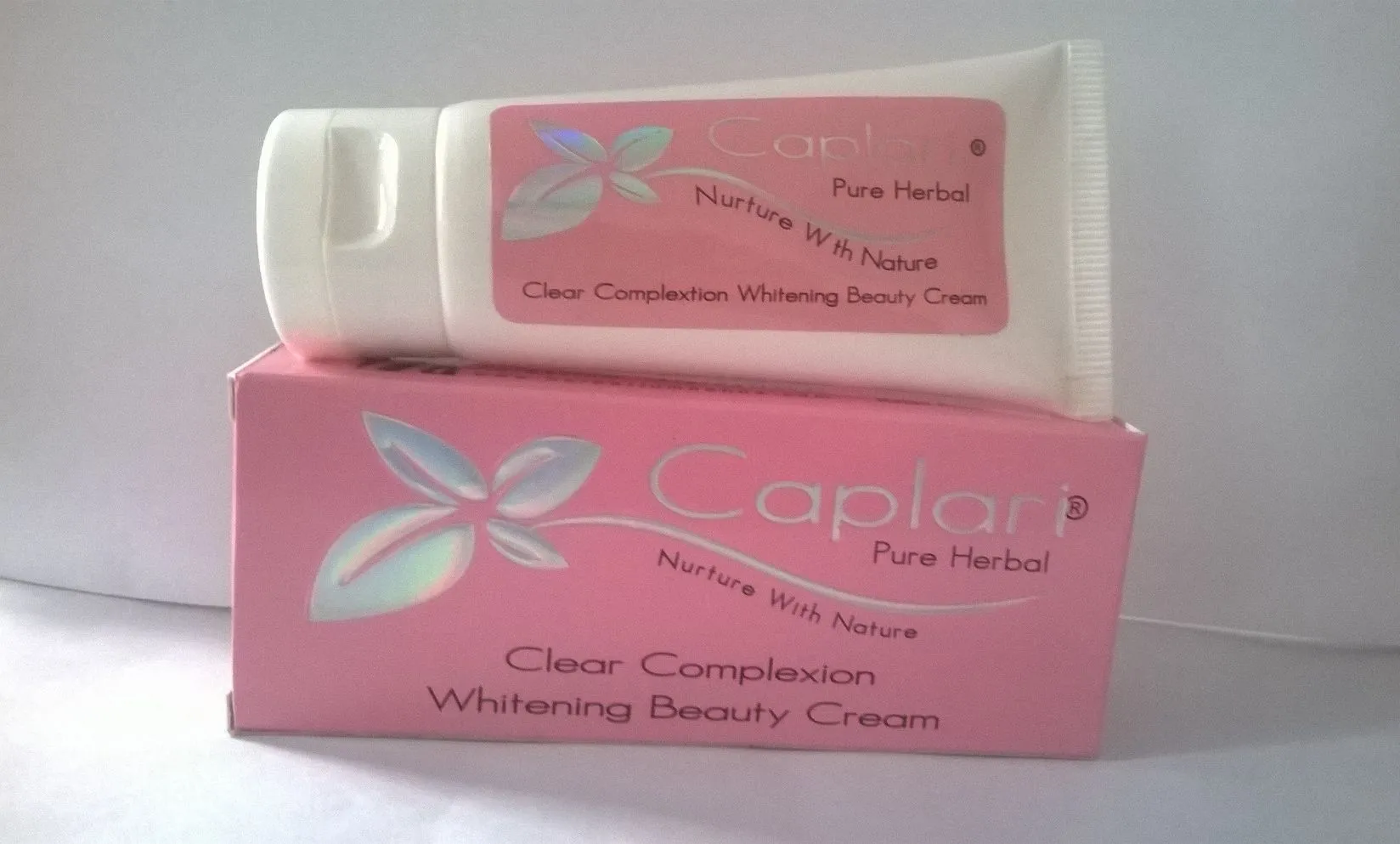
Consulting a dermatologist is one of the best practices for any skin whitening journey. A dermatologist can assess your skin type, diagnose any underlying skin conditions, and recommend appropriate treatments. They can provide expert advice on the most suitable whitening creams and ingredients for your specific needs. Professional guidance is essential for effective and safe skin whitening, as they can evaluate the cream ingredients and determine if the product is a good fit for your skin. Moreover, a dermatologist can monitor your progress, manage any side effects, and adjust the treatment plan. If you are unsure about the best approach, you should seek professional advice. Seeking a professional opinion will lead to the best results.
When to Seek Professional Advice
You should seek professional advice from a dermatologist if you experience persistent skin irritation, redness, or other adverse reactions after using a whitening skin cream. If you have underlying skin conditions, such as eczema or rosacea, a dermatologist can determine if the cream is safe and appropriate for your skin. If you aren’t seeing any results after several weeks or months of consistent use, a consultation is recommended. A dermatologist can assess whether the product is effective and if alternative treatments might be better. Any concerns about the product, especially if you are dealing with specific dermatological conditions, should be discussed. A dermatologist can provide tailored recommendations based on your unique circumstances. This is essential if you want to achieve the best results.
Benefits of a Professional Skin Assessment
A professional skin assessment from a dermatologist offers significant benefits. They can accurately diagnose skin conditions and provide personalized treatment plans, which can be superior to over-the-counter products. A dermatologist’s assessment ensures that the whitening cream you choose is both safe and appropriate for your skin type and concerns. Professional evaluations can identify underlying issues that might affect the effectiveness of the treatment. A dermatologist may be able to prescribe stronger medications, if needed. They can also monitor your progress and adjust the treatment plan as necessary. By seeking professional advice, you can maximize your chances of achieving your desired results. Professional assessment is the best way to safely achieve your skin-whitening goals.
In conclusion, achieving brighter and more even skin with whitening creams in Australia requires a strategic approach. Identifying your skin type, choosing the right ingredients, maintaining consistency, prioritizing sun protection, and seeking professional advice are the top 5 secrets. By following these steps, you can improve your chances of achieving the desired results safely and effectively. Always remember to be patient and realistic about the timeline. Prioritize your skin health and consider seeking advice from a dermatologist for a customized approach. With the right information and a dedicated routine, achieving a more radiant complexion is within reach. Take care and enjoy the journey towards healthier, more radiant skin!
